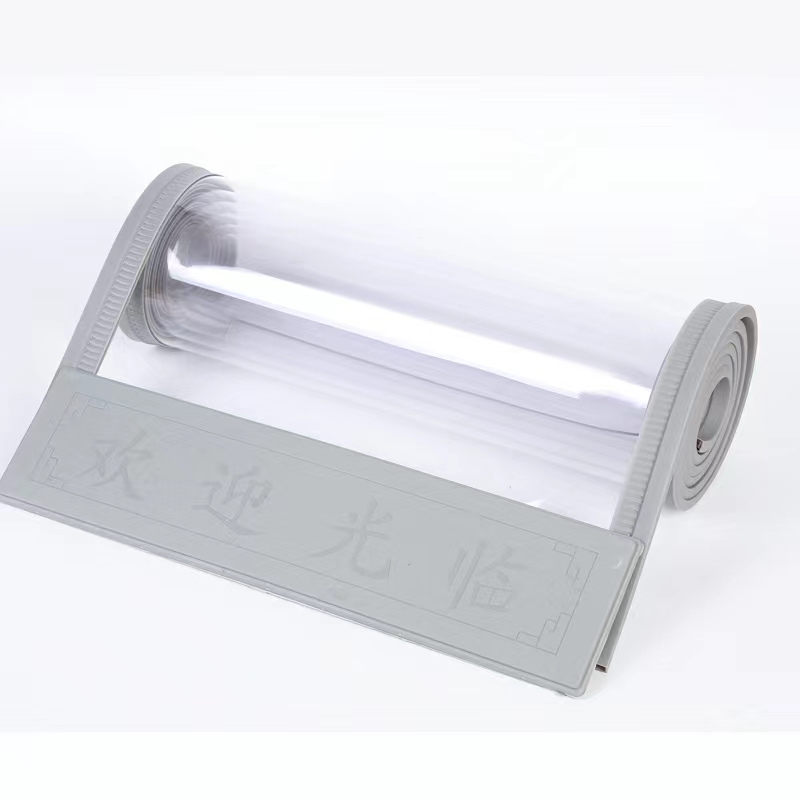- Afrikaans
- Albanian
- Amharic
- Arabic
- Armenian
- Azerbaijani
- Basque
- Belarusian
- Bengali
- Bosnian
- Bulgarian
- Catalan
- Cebuano
- Corsican
- Croatian
- Czech
- Danish
- Dutch
- English
- Esperanto
- Estonian
- Finnish
- French
- Frisian
- Galician
- Georgian
- German
- Greek
- Gujarati
- Haitian Creole
- hausa
- hawaiian
- Hebrew
- Hindi
- Miao
- Hungarian
- Icelandic
- igbo
- Indonesian
- irish
- Italian
- Japanese
- Javanese
- Kannada
- kazakh
- Khmer
- Rwandese
- Korean
- Kurdish
- Kyrgyz
- Lao
- Latin
- Latvian
- Lithuanian
- Luxembourgish
- Macedonian
- Malgashi
- Malay
- Malayalam
- Maltese
- Maori
- Marathi
- Mongolian
- Myanmar
- Nepali
- Norwegian
- Norwegian
- Occitan
- Pashto
- Persian
- Polish
- Portuguese
- Punjabi
- Romanian
- Russian
- Samoan
- Scottish Gaelic
- Serbian
- Sesotho
- Shona
- Sindhi
- Sinhala
- Slovak
- Slovenian
- Somali
- Spanish
- Sundanese
- Swahili
- Swedish
- Tagalog
- Tajik
- Tamil
- Tatar
- Telugu
- Thai
- Turkish
- Turkmen
- Ukrainian
- Urdu
- Uighur
- Uzbek
- Vietnamese
- Welsh
- Bantu
- Yiddish
- Yoruba
- Zulu
cold room curtains
The Importance of Cold Room Curtains in Temperature Control
In various industries, maintaining specific temperature conditions is crucial for preserving product quality and ensuring safety. Cold rooms, commonly used in food storage, pharmaceuticals, and scientific research, require effective insulation to keep internal environments stable. One often-overlooked aspect of cold room design is the use of cold room curtains, also known as strip curtains or insulated curtains. These specialized barriers play a vital role in enhancing temperature control and improving operational efficiency.
Understanding Cold Room Curtains
Cold room curtains are typically made from high-quality, insulated PVC material designed to provide a thermal barrier. They are hung in doorways or openings to minimize heat exchange between the cold room and the external environment. These curtains are usually available in various thicknesses, colors, and sizes, allowing them to be customized to fit different applications and aesthetic preferences.
Key Benefits of Cold Room Curtains
1. Energy Efficiency Cold room curtains significantly reduce the amount of cold air that escapes when doors are opened. By minimizing the ingress of warm air and the egress of cold air, these curtains help maintain the desired temperature within the cold room. This energy-efficient feature translates into lower energy costs and less strain on refrigeration systems, resulting in prolonged equipment life and reduced maintenance expenses.
cold room curtains

2. Temperature Consistency Fluctuations in temperature can adversely affect sensitive products, such as perishable food items and pharmaceuticals. Cold room curtains create a stable environment by acting as a reliable barrier against external temperature changes. This consistency is critical for preventing spoilage, ensuring compliance with safety regulations, and maintaining quality standards.
3. Easy Access One of the challenges of cold room operations is maintaining accessibility while preserving temperature integrity. Cold room curtains allow for quick entrance and exit without having to open swinging doors manually. Employees can move in and out swiftly, reducing the duration that the cold room is exposed to warmer air. This convenience enhances workflow efficiency and minimizes wait times.
4. Safety and Hygiene In addition to their thermal benefits, cold room curtains contribute to a safer and cleaner working environment. They serve as physical barriers that reduce dust, pests, and contaminants from entering the cold storage area. This is especially important in food handling and pharmaceutical storage, where hygiene is paramount. Additionally, the visibility provided by clear or semi-transparent curtains allows workers to navigate the area safely without obstruction.
5. Customization Options Cold room curtains come with a variety of customization options, allowing businesses to select the specific features that suit their needs. Businesses can choose from different colors for aesthetic considerations or go for reinforced designs that offer greater durability. Furthermore, the curtains can be fitted with additional features such as magnetic strips or weighted edges to improve their performance and functionality.
Conclusion
In conclusion, cold room curtains are indispensable components for any cold storage facility. Their ability to improve energy efficiency, maintain temperature consistency, facilitate easy access, and enhance safety and hygiene makes them an essential investment for organizations that rely on cold storage. By choosing the right type and design of cold room curtains, businesses can optimize their operational processes while ensuring the integrity of their products. With the right measures in place, cold room curtains not only contribute to energy savings but also promote a safer working environment, ultimately leading to enhanced productivity and sustainability in the long run. As industries continue to prioritize efficiency and compliance, the role of cold room curtains will only become more critical in maintaining optimal conditions for sensitive goods.
-
Thick Plastic Curtains for AC - Energy Saving & Heavy Duty Door CoversNewsMay.16,2025
-
Commercial Freezer Curtains Durable Vinyl, Energy-Efficient & InsulatedNewsMay.15,2025
-
Durable PVC-Streifen in Großrollen Bulk Orders & Custom SizesNewsMay.15,2025
-
PVC Vinyl Strip Curtains Durable, Clear Door Insulation SolutionsNewsMay.14,2025
-
Affordable Plastic & PVC Curtain Prices Durable & TransparentNewsMay.14,2025
-
PVC Strip Curtains for Food Industry Hygienic & Durable SolutionsNewsMay.14,2025



